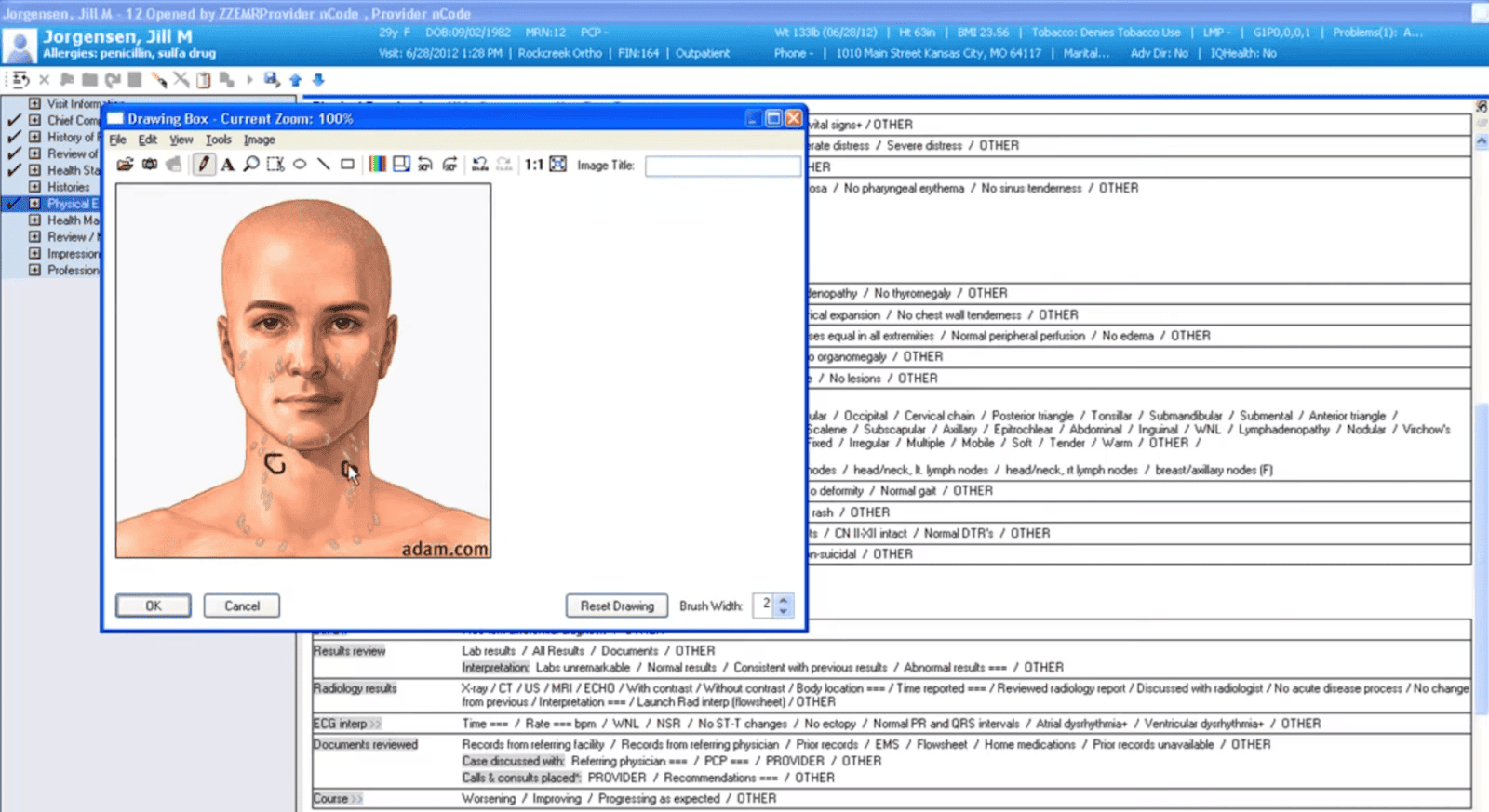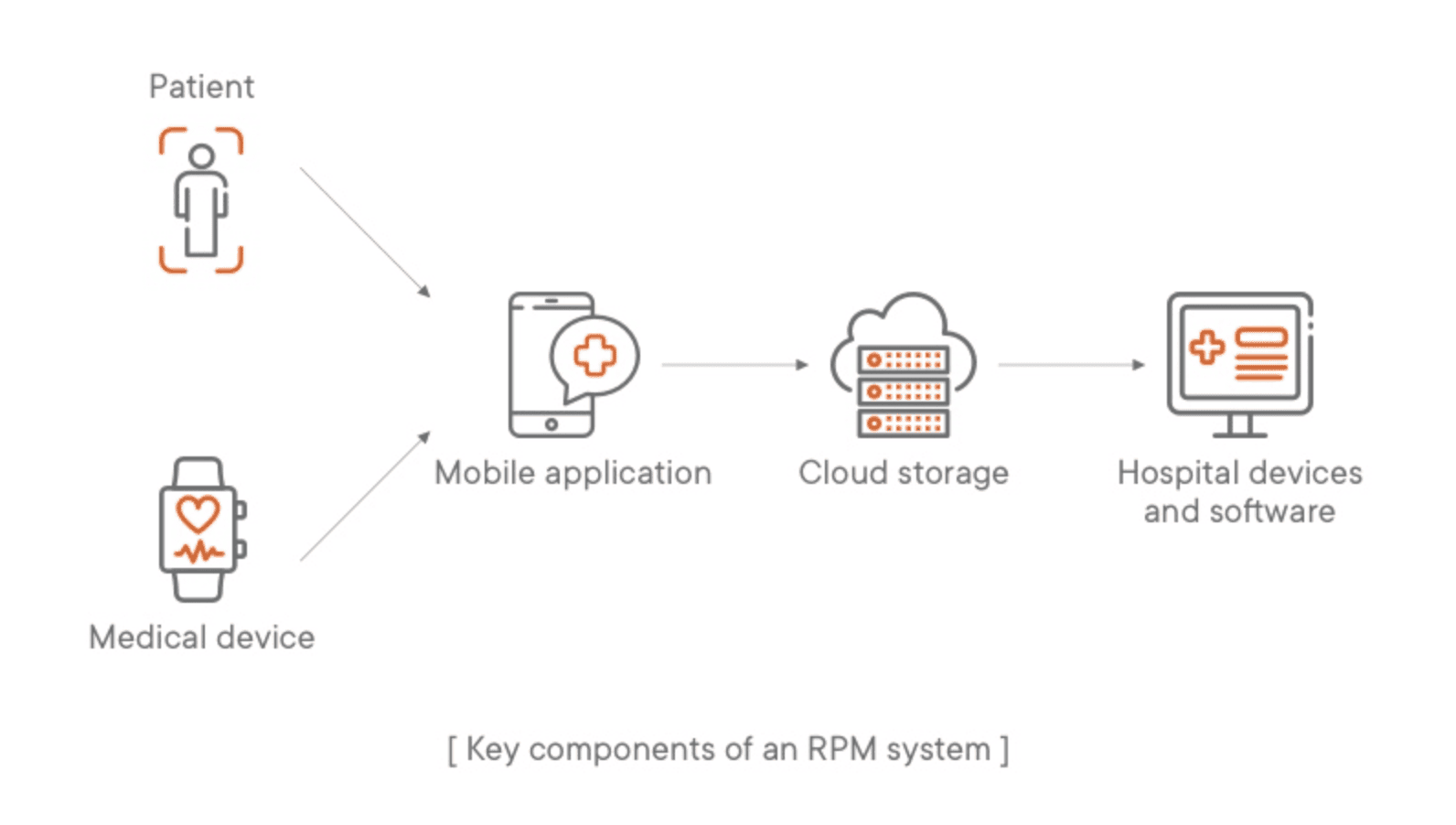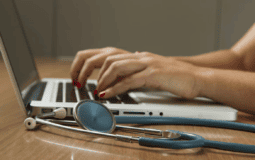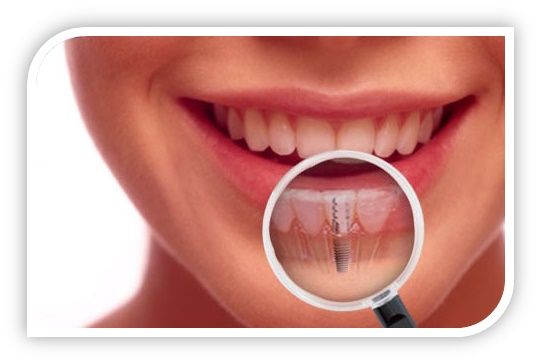The past two decades have become a game-changer for many industries, and healthcare is no exception. The COVID-19 pandemic outbreak has accelerated technology adoption and put digital transformation on agenda for hospitals and healthcare practitioners. According to Vantage Market Research, the digital health market will surpass $430.52 billion in 2028.
With the market for digital healthcare solutions growing exponentially, there remain organizations for which the transformation is yet to come. In this post, we’ll overview four types of software solutions that were made to satisfy the needs of both doctors and patients and explain how they are developed.
Top four types of healthcare software to develop
The term “healthcare app development” embraces creating solutions of different types and complexity. These include practice management systems, clinical platforms, software for patient-client interaction, and integrations with medical devices.
Electronic health record (EHR) systems
EHR systems store and share information about a patient between doctors and healthcare providers (hospitals, medical centers, laboratories, etc). According to Brandessence Market Research, the Global Electronic Health Records Market is projected to reach the value of USD 52.98 Billion by 2027.
The name of this system type explains its major advantage, which is making patients’ data accessible to entitled healthcare providers in real-time. Other capabilities of electronic health record software include:
- An aggregated and detailed view of patients’ data
- Improved doctors coordination
- Enhanced decision-making process
- Better patient involvement in the treatment process
- Decreasing operational costs for healthcare providers
- Improved efficiency and better precision
If you wish to get started with electronic health records, you may choose one developed by experienced EHR vendors like Epic, Cerner, or Meditech. These medical records apps are easy to implement and use within hospitals. As an option, you may also consider custom medical application development to build an EHR that corresponds to all your processes.

Source: Softwareconnect
This is how a doctor typically sees a patient profile in an EHR system. The image is taken from Cerner EHR.
E-prescription (eRx) systems
With the help of software for electronic prescriptions, healthcare practitioners can share medical prescriptions with pharmacies and drug stores. An e-prescription can be a standalone module or a part of the EHR technology used by hospitals.
In a nutshell, the process of electronic prescription occurs in four simple steps:
Step 1. The doctor sends a prescription to the patient. The prescription is shown as a QR or barcode and is sent via email or SMS.
Step 2. The patient sends or presents the code to a pharmacy of their choice.
Step 3. The pharmacist scans the code to assess the e-prescription.
Step 4. The patient receives their medication.
ERx software greatly saves time for both physicians and pharmacists. In addition, they reduce the chance of human errors like losing or confusing prescriptions.
Hospital management software
This type of software helps hospitals, clinics, and other healthcare providers automate their day-to-day processes and operations.
Here are some of the tasks hospital management systems can handle:
- Store and manage patient information
- Store and manage financial data
- Medical billing
- Assigning insurance
- The administrative part of work (for example, managing and rescheduling patient appointments)
Some of the hospital management solutions that are rated the highest on Capterra are eHospital Systems, MocDoc, Caspio, and EDGE.
Remote patient monitoring (RPM) solutions
Speaking of remote patient monitoring, we refer to a set of technologies capable of providing medical assistance at a distance. Systems like this make it possible to collect essential information about patients’ health and control any changes in real-time.
Although the adoption of systems for remote health tracking was accelerated with the coronavirus pandemic, a poll conducted by the Medical Group Management Association in June 2022 revealed that only 25 percent of US healthcare providers offer remote patient monitoring.
A typical system for remote patient monitoring works as shown in the picture.

A mobile application collects the information that is either obtained manually from a patient or transmitted to a medical device that monitors their health indicators. Then, the system uses cloud storage to transmit the data to different types of software installed in hospitals.
RPM systems are especially useful for curing chronic diseases, assisting people with mobility issues and the elderly.
So what does it take to develop a healthcare app?
How to deal with healthcare apps development
Today’s medical software development market is highly competitive. To stand out from the crowd, you need to make sure your system is equipped with top-notch features, ensure a smooth user experience and create a nice design, and be ready to achieve compliance with the industry requirements.
Ensure security by following the industry standards
The technological revolution introduces restrictions that are crucial for healthcare app developers. The healthcare industry deals much with personal data, and the majority of restrictions are just about that.
- HIPAA (Health Insurance Portability and Accountability Act) is a US law that defines the standards of medical data processing. It obliges all organizations that deal with protected health information (PHI) to follow a range of technical, physical, and administrative standards (safeguards). For software developers and providers, HIPAA is king when it comes to storing, managing, and assessing sensitive healthcare data.
- HL7 stands for Health Level Seven and represents a set of rules that determine the way of transmitting clinical data between different types of software used by healthcare providers.
There are more standards including ICD-10 (a disease classification coding system), XDS (cross-enterprise document sharing), and EVV (electronic visit verification). Following them is a must whenever you launch a new app or add more features to the existing software product.
Preserve high-quality UI/UX
Creating a healthcare solution for hospitals, you should keep in mind all types of users it’s going to have. For doctors, the app should provide comprehensive insights on patients’ health, while patients expect to get a functional system that’s easy to use for communication.
Make it easy to set up a profile, introduce informative dashboards, add non-disruptive animations and user flows. Focus on usability testing and don’t hesitate to ask for feedback from users.
Let technologies do the rest
From healthcare mobile apps for patients to complex solutions integrated with on-premise hardware used by hospitals, modern medical systems are technology-driven.
The telehealth solutions we’ve explained above are aimed at improving the quality and efficiency of healthcare services. This is done by providing doctors and patients with comprehensive and reliable assets for diagnosis, health monitoring, and procurement.
To make sure that your software fits into the paradigm of today’s fast-paced world and remains secure at every stage of development and implementation, look at these industry trends:
- Cloud-based data storage
- Cross-platform operability
- Implementing AI for diagnostics
- WebRTC and built-in communication tools
- Integration with wearable devices
Wrapping up with the topic of healthcare app development, it’s important to remember that bringing real value is only possible when you understand the needs of your users and have enough expertise to address them. Then, technologies will do the rest for you.



